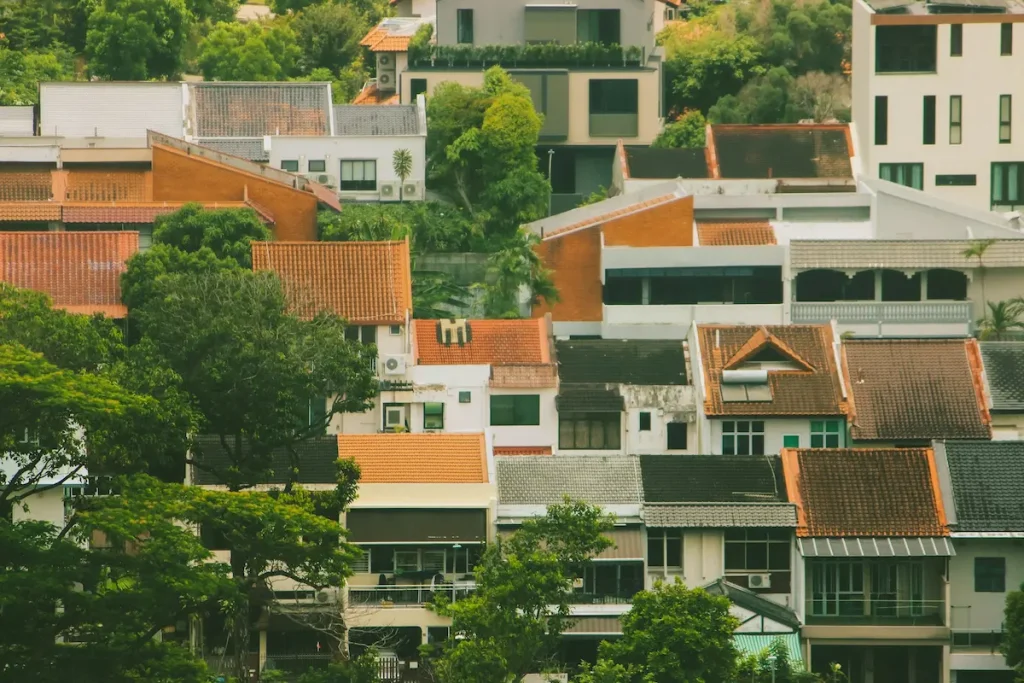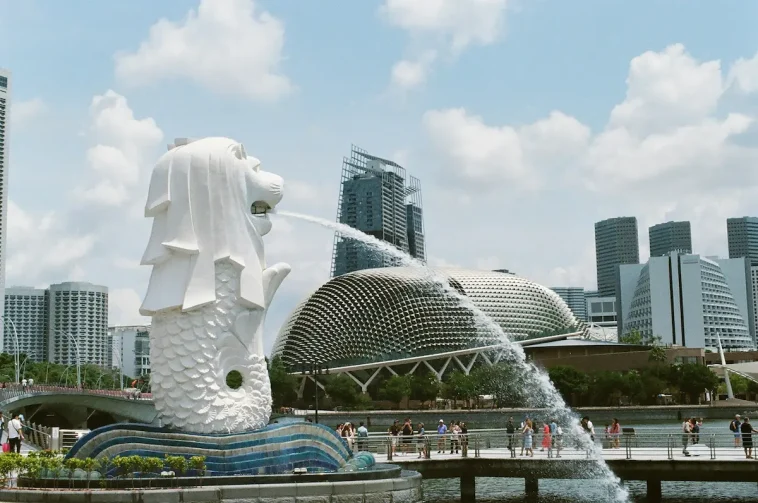Mold is a prevalent but severe issue in most Singapore homes. Its growth conditions are ideal due to the humid tropical climate. Consequently, the negligence of mold may cause damage not only to your health but also to your house. That is why knowing how to eliminate and avoid it is necessary. Most importantly, early intervention will provide a safer living environment.
This guide reveals tried-and-true tips on how to rid mold and prevent its recurrence. It tells you how to keep your house fresh, clean, and healthy. Hence, we will see how you can prevent the spread of mold and ensure your home is free of mold throughout the year.
Why Mold Grows in Singapore Homes?
Singapore’s tropical and humid climate makes it an ideal environment for mold. Rain, cooking, and even showers can create extra moisture that molds spores. On account of this, in case of poor ventilation, these spores move rapidly.
Also, neglect of home maintenance only exacerbates the issue further. Leaks, wet laundry inside, and plugged vents usually cause mold. In the same way, running air conditioners without a regular cleaning can accumulate moisture.
Probably the most effective way to control it is to understand why mold grows. Once you know its reasons, you can take specific action to prevent further breakouts.

Step-by-Step Mold Elimination Process
1. Identify the Mold Source
To begin with, you should identify the cause of the mold problem. Mold grows in wet places and thus seeks evidence of increased wetness. The most likely reasons are leaking pipes, ventilation, roofs, and water seeping into walls. Condensation due to air conditioning has also been found to be a culprit in the humid regions in Singapore. In all, it is essential to address the source since mold would come back as often as you clean it without tackling the moisture issue.
2. Wear Safety Gear
Safety must take precedence. The mold spores may cause allergies and trigger breathing difficulties; thus, ensure you are equipped before cleaning. Ensure you wear gloves when handling it, to avoid being in contact with the skin, a mask to prevent spores from entering your respiratory system, and goggles to protect your eyes. Likewise, put on old clothes that can be washed after being cleaned. This is to keep you safe when operating in mold-contaminated locations.
3. Use the Right Cleaning Solution
Natural solutions can be used in the case of small mold patches. White vinegar or baking soda is used to clean and deodorize. A mild bleach solution should be used with more tenacious mold. Nevertheless, bleach must never be combined with ammonia because this combination emits a lethal, poisonous fume. Moreover, the solution should never be applied to a large area without first testing it on a small area to prevent disaster.
4. Scrub and Dry the Area
After getting your cleaning solution, scrub the mold with a stiff brush. Work the spores off the surface by working in circles. Thereafter, clean with clean water. Above all, never wet the cleaned area, but completely dry it since a slight amount of residual dampness will promote the mold’s return. Accelerate drying by the use of fans or dehumidifiers.
5. Dispose of Contaminated Items
When the mold is permeated deep into the porous materials such as carpets, curtains, or upholstered furniture, the best thing to do is to discard them. Mold within the fabrics is hard to eliminate, and spores can be concealed. Removal of contaminated products helps prevent mold expansion to other areas of your house.
Prevention Tips for a Mold-Free Home
1. Improve Ventilation
One of the best methods of keeping mold growth away is good airflow. Mold is nurtured in the moist enclosed areas; therefore, free movement of fresh air should be allowed daily. Keep windows open at least 15- 30 minutes daily in regions susceptible to moisture, such as the kitchens, bathrooms, and laundry rooms. Moreover, exhaust fans should be applied in kitchens to eliminate cooking steam and clear shower dampness in the bathroom. Similarly, furniture must not be placed in a manner that reduces air movement by blocking air vents.
2. Control Indoor Humidity
Maintaining the low-hydrogen level (less than 60 percent) considerably decreases mold development chances. The dehumidifier is especially applicable during the wet season in Singapore when the moisture level is high. Similarly, clothes should not be dried indoors because they emit huge quantities of moisture into the air. When you are forced to dry clothes in the house, place them close to an open window or bundle them up in a drying rack where a fan is available. Another thing you could purchase is a hygrometer to measure your home’s humidity and act in case it becomes excessively high.
3. Fix Leaks Immediately
Even minor water drainage can form the ideal environment for mold. Moisture adhesion and staining can occur due to water leakages along floors and walls; this may be caused by water running in the pipes, taps, or puddles along the roofs that could seep due to poor wall construction. You should therefore inspect your home periodically to see whether there is evidence of a leak and make repairs without any delays. The faster you correct the issue, the lower the chances of mold growth.
4. Clean Air Conditioners Regularly
Air conditioners that are not taken care of can grow a lot of mold. Moisture in AC units and dirt on filters can encourage the development of mould that can cause spores to be spread into the air. Hence, change or wash filters monthly, especially when intensive usage occurs. Finally, the servicing and professional cleaning ought to be done at least annually to make sure that the entire system does not have any mold in it.
5. Use Mold-Resistant Paint
Prevention is ideal in hazardous areas such as the kitchen, toilet, and laundry. Using anti-mold or mold-resistant paint leads to the formation of a protective coating that prevents spores from settling on walls. This additional protective coat simplifies the cleaning process and prolongs the life of your paintwork.
The Closing Note
Because of the humid climate, Singapore is also a place where mold has been a constant issue. Nevertheless, you can keep your home and health safe thanks to the proper measures of mold remediation services and prevention. Thus, do not waste time once you get an indication of some early warnings and take consistent preventive measures.
Above all, ensure ventilation, keep the humidity constant, and seal up leakages where they occur. To sum up, the absence of molds in your house implies a safer, healthier, and more enjoyable home. Therefore, act now and buy a clean, fresh house that lasts the year.




